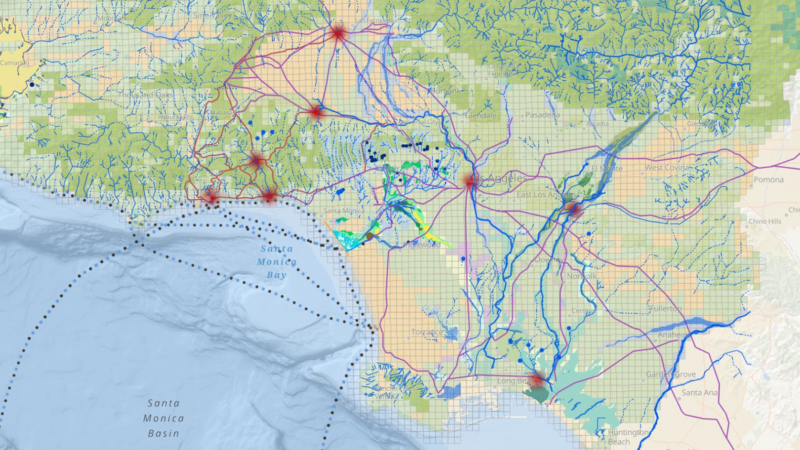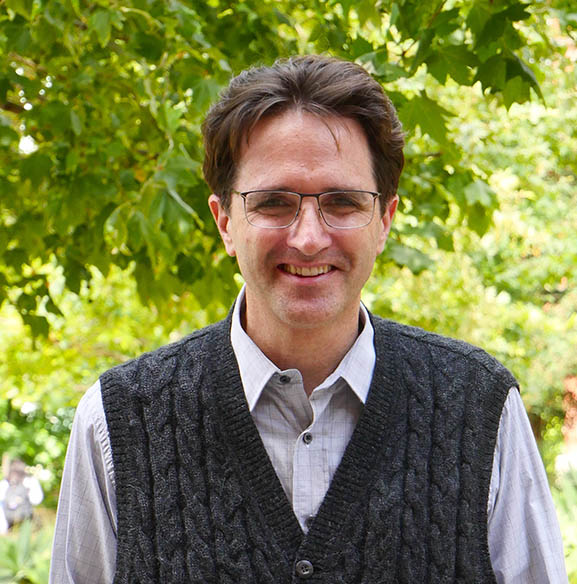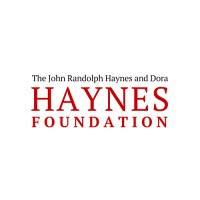Tribal leaders and researchers have mapped the ancient ‘lost suburbs’ of Los Angeles
Prepare to be inspired by a vision of the Los Angeles you never knew that was buried under the concrete and steel, and recognize that it was shaped by people who lived here for 10,000 years and, despite horrific oppression, still endure. This interdisciplinary collaboration, led by Phil Ethington and Travis Longcore, brought together 3 tribes, 5 universities, and 1,000s hours of hard work.
The project is the result of an unlikely partnership of three tribes — Chumash, Tataviam, and Kizh-Gabrieleño — as well as geographers, historians, biologists, and computer scientists from USC, UCLA and Cal State’s Northridge, Los Angeles and Long Beach campuses.
— LA Times
In the words of our collaborator Matthew Vestuto, “Our lifeways and economies were flexible and stable for centuries. Almost overnight, we were disenfranchised from the landscape — but our people are still here. Now, the challenge is to restore the environment, and rebuild our nations.”
The incredible project team: Phil Ethington, Jesus Alvarez, Danielle Bram, Jonathan Cordero, Bill Deverell, Abhinov Abhilekh Dutta, Devlin Gandy, Sean Lyon, Beau MacDonald, Suzanne Wechsler, PhD, GISP, Andy Salas, Matt Teutimez, Matthew Vestuto, John Wilson, Scott Winslow, Eric Wood, and Nat Zappia (who passed away suddenly earlier this year). Plus dozens of student research assistants, all named in the report and the StoryMap.
This work builds on previous studies involving San Francisco Estuary Institute, Southern California Coastal Water Research Project, Stillwater Sciences, Shawna Dark, David Jacobs, Eric Stein and more.
“We had to dig deep for evidence of the great society buried under our modern empire of terraced and graded slopes, rivers sheathed in concrete, industrial development, freeways and sprawl. We believe this project will serve as a vital resource for regional and local planning efforts involving sustainability, restoring habitat with native vegetation, and adapting to climate change,”
—Travis Longcore
Funded by John Randolph Haynes and Dora Haynes Foundation
See our interactive maps and videos in this “StoryMap” website (thanks to Esri for the platform)



